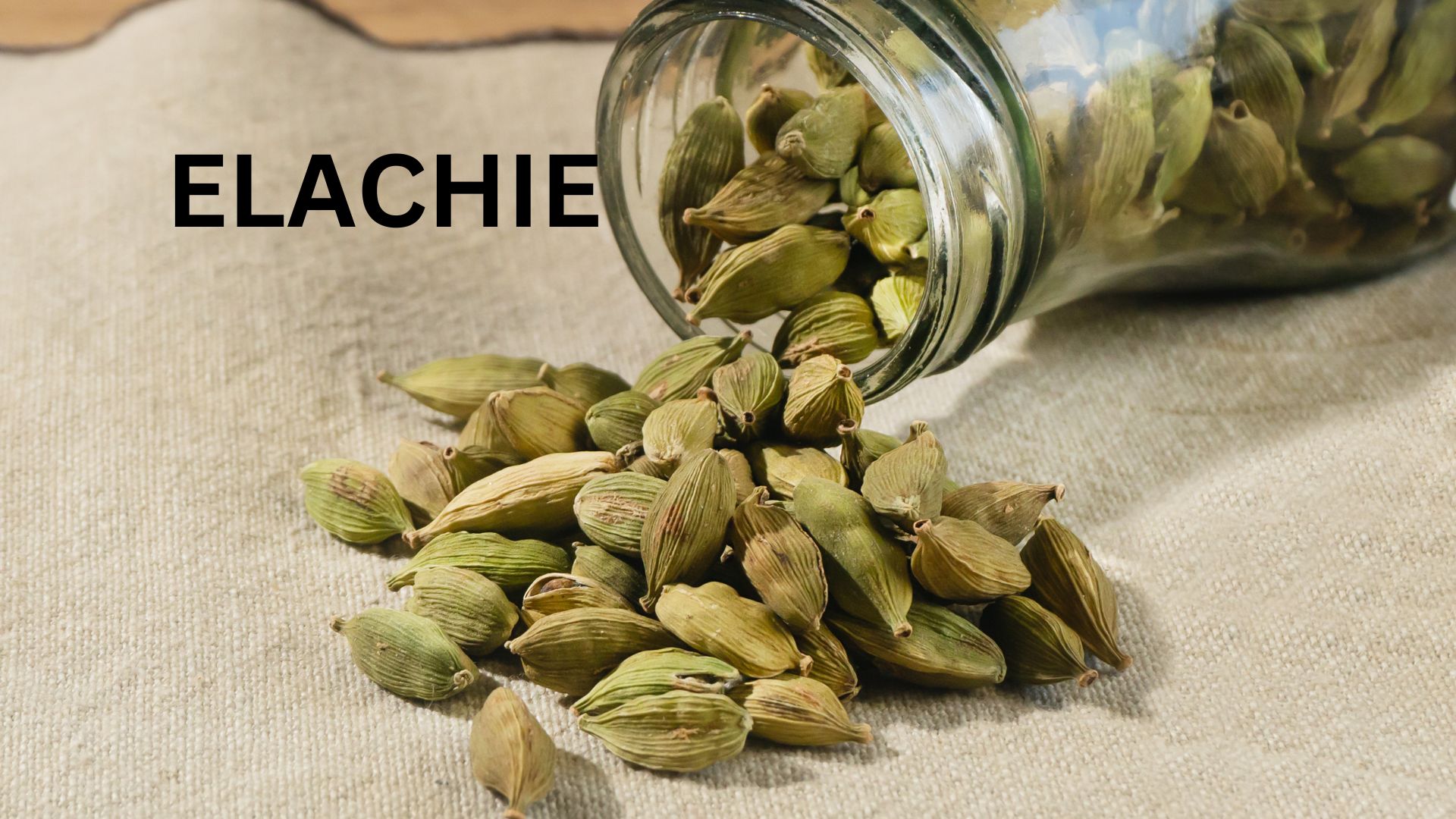Family: Zingiberaceae
Scientific name: Elettaria cardamomum
Authority: (L.) Maton
Common names: cardamom, cardamon, cardamum, green cardamom, lesser cardamom, true cardamom
Description: E. cardamomum is an aromatic evergreen perennial herb that is native to Southern India. It has long linear-lanceolate leaves with a pointed tip, white flowers with the central lip streaked with mauve, three-sided pods that turn greenish when ripe, containing small round black seeds, and fleshy thick lateral roots.
There are two varieties of cardamom, namely, black and green cardamom. The black cardamom is cheaper and less frequently used because its aroma is as piquant as the green cardamom.
Uses:
- The seeds are used as food spice, to make popular dishes such as biryani.
- The seeds are used to flavour confectionery and pastries.
- The seeds are used to flavour alcoholic and non-alcoholic beverages, such as masala chai tea.
- The seeds are used to enhance mood.
- The seeds are used to treat restlessness and sleep issues.
- The seeds are steeped in hot water, with honey to make an infusion to manage asthma and treat bronchitis, colds, cough, and flu.
- The infusion is used to increase blood flow.
- The infusion is used to treat nausea.
- The seeds powder is an anti-emetic and anti-flatulent agent.
- The ripe pods with seeds are chewed to promote oral hygiene and treat teeth and gum infections.
- The pods are used to make essential oil that is used in a diffuser.
- The oil is added to balms, perfumes, massage oils, lotions, soaps, and detergents.
- The ripe pods with seeds are used to treat diarrhoea, improve digestion, and promote weight loss.
- The ripe pods with seeds are used to treat cataracts and the irritation of eyelids as well as improve eyesight.
- The ripe pods with seeds as well as cardiac and kidney disorders.
Reference and further reading:
- Aneja, K.R. and Joshi, R., 2009. Antimicrobial activity of Amomum subulatum and Elettaria cardamomum against dental caries causing microorganisms. Ethnobotanical Leaflets, 2009(7), p.3.
- Ashokkumar, K., Murugan, M., Dhanya, M.K. and Warkentin, T.D., 2020. Botany, traditional uses, phytochemistry and biological activities of cardamom [Elettaria cardamomum (L.) Maton]–A critical review. Journal of ethnopharmacology, 246, p.112244.
- El Malti, J., Mountassif, D. and Amarouch, H., 2007. Antimicrobial activity of Elettaria cardamomum: Toxicity, biochemical and histological studies. Food chemistry, 104(4), pp.1560-1568.
- Jamal, A., Javed, K., Aslam, M. and Jafri, M.A., 2006. Gastroprotective effect of cardamom, Elettaria cardamomum Maton. fruits in rats. Journal of ethnopharmacology, 103(2), pp.149-153.
- Kumar, S. and Kumari, R., 2021. Traditional, Phytochemical and Biological activities of Elettaria cardamomum (L.) Maton–A review. International Journal of Pharmaceutical Sciences and Research, 12(8), p.4122.
- Nair, K.P., 2006. The agronomy and economy of Cardamom (Elettaria cardamomum M.): the “queen of spices”. Advances in agronomy, 91, pp.179-471.
- Vijayan, K.K., Madhusoodanan, K.J., Radhakrishnan, V.V. and Ravindran, P.N., 2002. Properties and end-uses of cardamom. In Cardamom (pp. 285-299). CRC Press.
- Singh, G., Kiran, S., Marimuthu, P., Isidorov, V. and Vinogorova, V., 2008. Antioxidant and antimicrobial activities of essential oil and various oleoresins of Elettaria cardamomum (seeds and pods). Journal of the Science of Food and Agriculture, 88(2), pp.280-289.
- Telja, R., Olavl, L. and Roberto, Q. 2006. Small cardamom-precious for people, harmful for mountain forests. Possibilities for sustainable cultivation in the east Usambaras, Tanzania. Mt Res; 26: pp.131-37.
- Verma, S.K., Jain, V. and Katewa, S.S., 2009. Blood pressure lowering, fibrinolysis enhancing and antioxidant activities of cardamom (Elettaria cardamomum).

